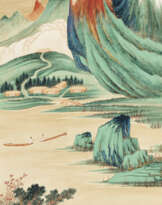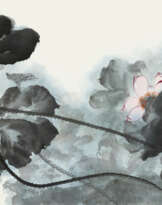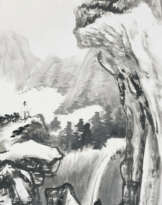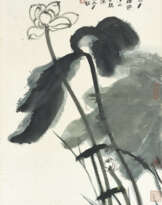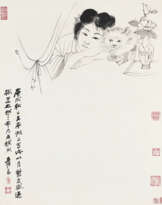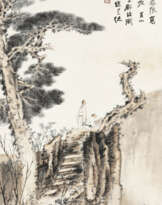ID 770064
Lot 1172 | ZHANG DAQIAN (1899-1983)
Valeur estimée
HKD 5 000 000 – 6 000 000
| Artiste: | Zhang Daqian (1899 - 1983) |
|---|
| Artiste: | Zhang Daqian (1899 - 1983) |
|---|
| Adresse de l'enchère |
CHRISTIE'S 18 Chater Road Central Hong Kong Hong Kong | ||||||||||||||
|---|---|---|---|---|---|---|---|---|---|---|---|---|---|---|---|
| Aperçu |
| ||||||||||||||
| Téléphone | +85227601766 | ||||||||||||||
| Fax | +852 2760 1767 | ||||||||||||||
| Conditions d'utilisation | Conditions d'utilisation | ||||||||||||||
| Heures d'ouverture | Heures d'ouverture
|


